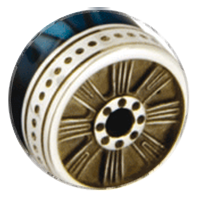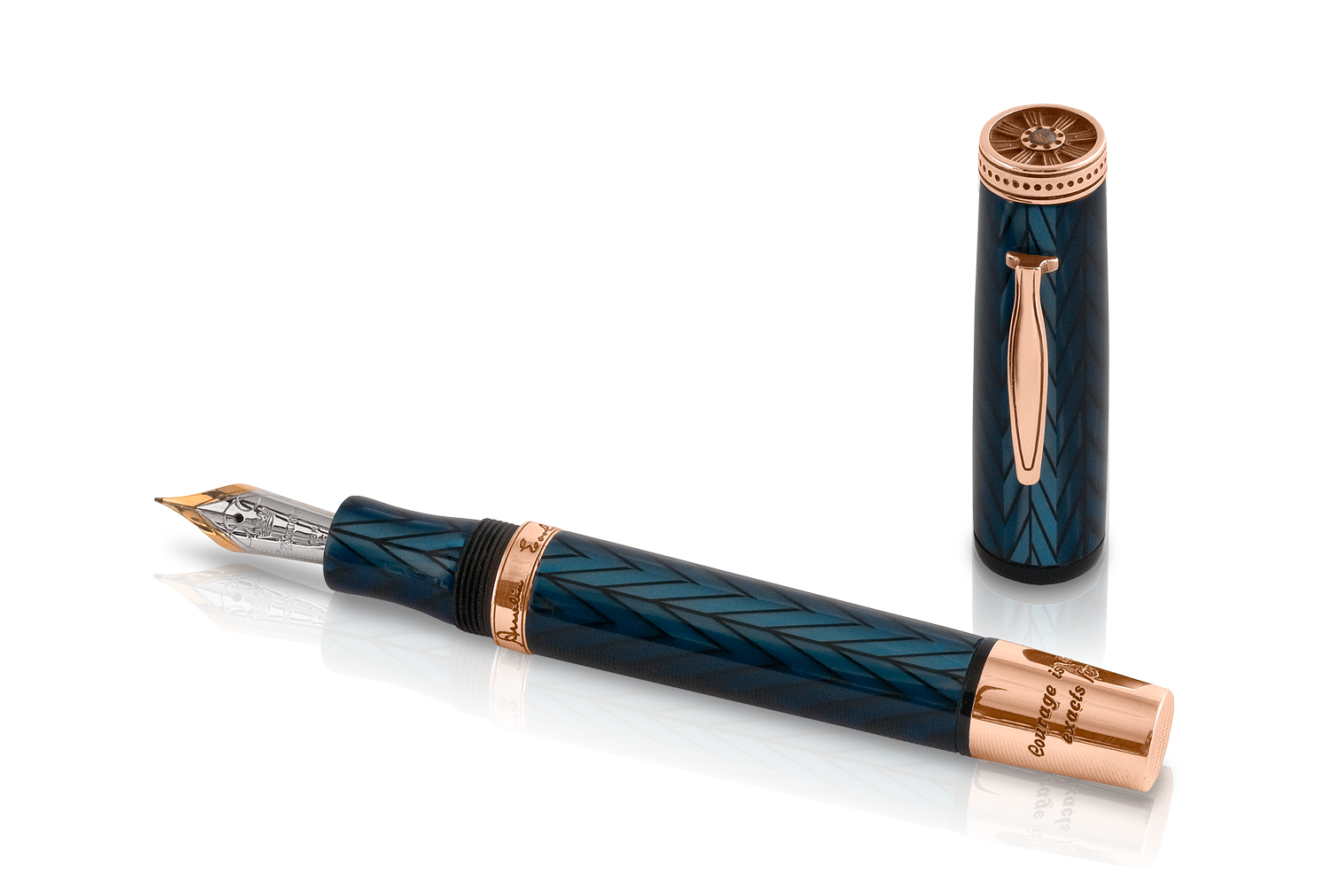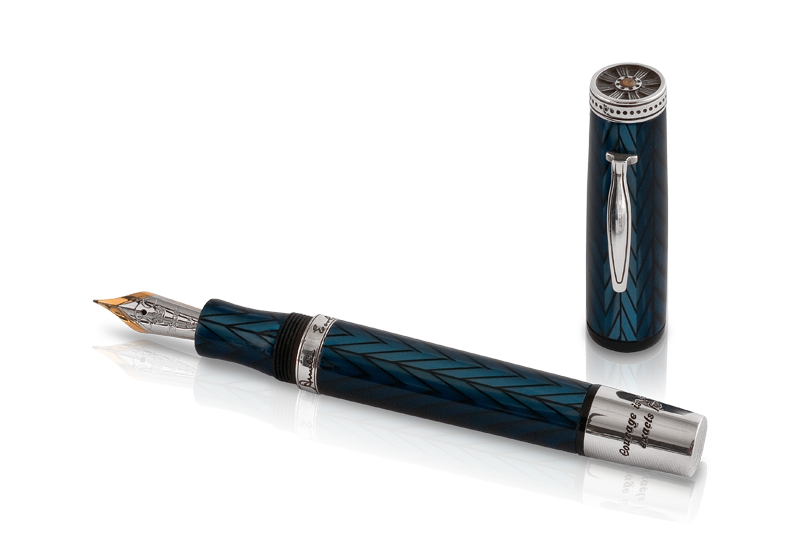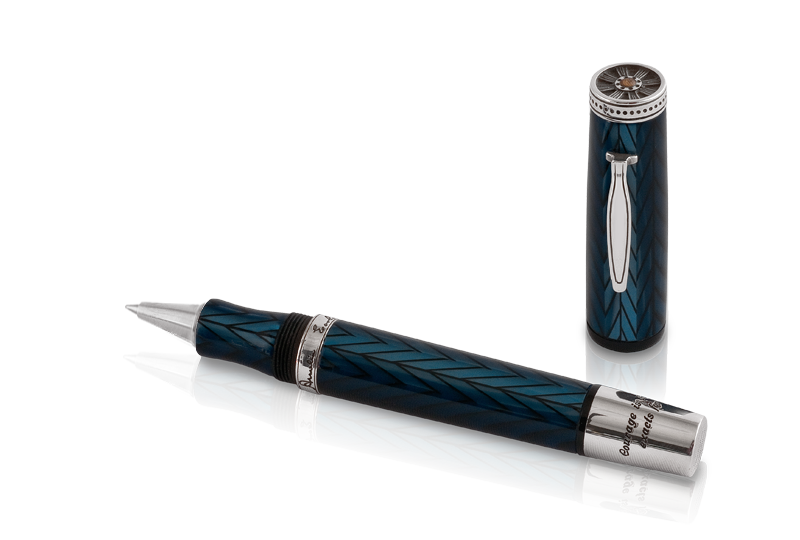Amelia Earhart
What really happened to Amelia Earhart? The so-called solutions to an alleged mystery are pure conjecture, ideal material for Sunday supplement writers. Her family, friends, colleagues and reputable historians all offer the same simple answer. She lost her way on a flight from Lae, New Guinea to Howland Island and died somewhere in the Pacific. The take-off from Lae, New Guinea on one of the most dangerous legs of Amelia’s global flight was shaky at best. The overloaded Electra lumbered down the runway and went airborne only 50 yards before the edge of a cliff, dropped precipitously, then cleared the surface of the ocean by only six feet. But they were off at last. Lae radioman Harry Balfour stayed in contact for 750 miles of the trip. She was still on course and he urged her to maintain the same radio frequency. Then he lost her. The ship Ontario, which was monitoring her from near Howland Island, had neither visual nor radio contact with her, as they had planned. There was a severe squall after midnight that may have slowed or down or pushed her off course. Between 2:45am and 8:44am there were a series of transmissions from Amelia to the main communications ship, the Itasca. Many of them were short and garbled, however, which did not allow the ship to get a fix on her course. The commander of the Itasca knew he had an emergency on his hands. At 8:44am Amelia’s breathless voice said, “We are on the line of position 156-137. Will repeat message. Will repeat this message on 6210 kilocycles. Wait. Listening on 6210 kilocycles. We are running north and south.” The Itasca continued to transmit, but there was no answer from her and navigator Fred Noonan. Twenty- three days before her 40th birthday, Amelia Earhart’s last flight was over. “Lady Lindy”, the woman who had flown the Atlantic twice and across the continental United States to become the most famous woman flier of her day, had now become one of the great mysteries of the 20th Century. Amelia Earhart’s downed Electra was the object of the largest hunt for a single plane ever. Over 4000 men on ten ships and sixty-five planes covered 250,000 miles of ocean, an area roughly the size of Texas. On July 19, having found no trace of the plane, the search was called off. But in the process Amelia had graduated from celebrity to legend. A 1943 war propaganda movie enhanced the mythologizing process when a character played by Rosalind Russell, who was clearly Earhart, was on a secret government mission during World War II. Rumors started to fly that Earhart had been spying for the OSS and had been (a) captured and executed by the Japanese; (b) died of dysentery on a secluded island; or, (c) was imprisoned in Tokyo for the duration of the war. Nobody who knew her gave these stories any credence, including FDR and Eleanor Roosevelt. She simply had run out of gas searching in vain for a small speck of an island in the central Pacific Ocean. Courage is the price that life exacts for granting peace. The soul knows it not, knows no release From little things. Knows not the livid loneliness of fear Nor mountain heights where bitter joy can Hear the sound of wings. How can life grant us boon of living, compensate For dull gray ugliness and pregnant hate Unless we dare The soul’s dominion? Each time we make a choice, we pay With courage to behold resistless day And count it fair.
LISTEN TO AUDIOWhile nobody would accuse Amelia Earhart of being a great poet, the poem above captures the essence of who she was. She lived an adventurous life as a pilot, feminist, social activist, working woman and champion of commercial aviation. She was not going to live a conventional life and became one of the most popular public figures of her day, which marked the beginning of the era of celebrity. And she died doing the thing she loved most – flying, which was her wish. This spectacular writing instrument is comprised of unique, elegant, three-dimensional slate blue and black herringbone celluloid.
 Crowning the cap is a .925 sterling silver coin, simulating the nose of one of her aircrafts. In the center of the coin is a piece of fabric from Amelia Earhart’s actual Lockheed Vega 5B wing. The clip is .925 sterling silver and is as streamlined as the wings of her planes. Around the center of the barrel is a .925 sterling silver band with her signature deeply engraved. The sterling silver blind cap has one of her most famous quotes encircling it, which reads, “Courage is the price that life exacts for granting peace.” A Limited Edition of 388 sterling Fountain Pens and 68 Rollerballs. This pen is also available in an 18 pc. Edition where all accents are rose gold. Piston Fill. F, M and B.
Crowning the cap is a .925 sterling silver coin, simulating the nose of one of her aircrafts. In the center of the coin is a piece of fabric from Amelia Earhart’s actual Lockheed Vega 5B wing. The clip is .925 sterling silver and is as streamlined as the wings of her planes. Around the center of the barrel is a .925 sterling silver band with her signature deeply engraved. The sterling silver blind cap has one of her most famous quotes encircling it, which reads, “Courage is the price that life exacts for granting peace.” A Limited Edition of 388 sterling Fountain Pens and 68 Rollerballs. This pen is also available in an 18 pc. Edition where all accents are rose gold. Piston Fill. F, M and B.
| GALLERY | CONFECTIONING |
What really happened to Amelia Earhart? The so-called solutions to an alleged mystery are pure conjecture, ideal material for Sunday supplement writers. Her family, friends, colleagues and reputable historians all offer the same simple answer. She lost her way on a flight from Lae, New Guinea to Howland Island and died somewhere in the Pacific. The take-off from Lae, New Guinea on one of the most dangerous legs of Amelia’s global flight was shaky at best. The overloaded Electra lumbered down the runway and went airborne only 50 yards before the edge of a cliff, dropped precipitously, then cleared the surface of the ocean by only six feet. But they were off at last. Lae radioman Harry Balfour stayed in contact for 750 miles of the trip. She was still on course and he urged her to maintain the same radio frequency. Then he lost her. The ship Ontario, which was monitoring her from near Howland Island, had neither visual nor radio contact with her, as they had planned. There was a severe squall after midnight that may have slowed or down or pushed her off course. Between 2:45am and 8:44am there were a series of transmissions from Amelia to the main communications ship, the Itasca. Many of them were short and garbled, however, which did not allow the ship to get a fix on her course. The commander of the Itasca knew he had an emergency on his hands. At 8:44am Amelia’s breathless voice said, “We are on the line of position 156-137. Will repeat message. Will repeat this message on 6210 kilocycles. Wait. Listening on 6210 kilocycles. We are running north and south.” The Itasca continued to transmit, but there was no answer from her and navigator Fred Noonan. Twenty- three days before her 40th birthday, Amelia Earhart’s last flight was over. “Lady Lindy”, the woman who had flown the Atlantic twice and across the continental United States to become the most famous woman flier of her day, had now become one of the great mysteries of the 20th Century. Amelia Earhart’s downed Electra was the object of the largest hunt for a single plane ever. Over 4000 men on ten ships and sixty-five planes covered 250,000 miles of ocean, an area roughly the size of Texas. On July 19, having found no trace of the plane, the search was called off. But in the process Amelia had graduated from celebrity to legend. A 1943 war propaganda movie enhanced the mythologizing process when a character played by Rosalind Russell, who was clearly Earhart, was on a secret government mission during World War II. Rumors started to fly that Earhart had been spying for the OSS and had been (a) captured and executed by the Japanese; (b) died of dysentery on a secluded island; or, (c) was imprisoned in Tokyo for the duration of the war. Nobody who knew her gave these stories any credence, including FDR and Eleanor Roosevelt. She simply had run out of gas searching in vain for a small speck of an island in the central Pacific Ocean. Courage is the price that life exacts for granting peace. The soul knows it not, knows no release From little things. Knows not the livid loneliness of fear Nor mountain heights where bitter joy can Hear the sound of wings. How can life grant us boon of living, compensate For dull gray ugliness and pregnant hate Unless we dare The soul’s dominion? Each time we make a choice, we pay With courage to behold resistless day And count it fair.
LISTEN TO AUDIOWhile nobody would accuse Amelia Earhart of being a great poet, the poem above captures the essence of who she was. She lived an adventurous life as a pilot, feminist, social activist, working woman and champion of commercial aviation. She was not going to live a conventional life and became one of the most popular public figures of her day, which marked the beginning of the era of celebrity. And she died doing the thing she loved most – flying, which was her wish. This spectacular writing instrument is comprised of unique, elegant, three-dimensional slate blue and black herringbone celluloid.
 Crowning the cap is a .925 sterling silver coin, simulating the nose of one of her aircrafts. In the center of the coin is a piece of fabric from Amelia Earhart’s actual Lockheed Vega 5B wing. The clip is .925 sterling silver and is as streamlined as the wings of her planes. Around the center of the barrel is a .925 sterling silver band with her signature deeply engraved. The sterling silver blind cap has one of her most famous quotes encircling it, which reads, “Courage is the price that life exacts for granting peace.” A Limited Edition of 388 sterling Fountain Pens and 68 Rollerballs. This pen is also available in an 18 pc. Edition where all accents are rose gold. Piston Fill. F, M and B.
Crowning the cap is a .925 sterling silver coin, simulating the nose of one of her aircrafts. In the center of the coin is a piece of fabric from Amelia Earhart’s actual Lockheed Vega 5B wing. The clip is .925 sterling silver and is as streamlined as the wings of her planes. Around the center of the barrel is a .925 sterling silver band with her signature deeply engraved. The sterling silver blind cap has one of her most famous quotes encircling it, which reads, “Courage is the price that life exacts for granting peace.” A Limited Edition of 388 sterling Fountain Pens and 68 Rollerballs. This pen is also available in an 18 pc. Edition where all accents are rose gold. Piston Fill. F, M and B.
| GALLERY | CONFECTIONING |
While nobody would accuse Amelia Earhart of being a great poet, the poem above captures the essence of who she was. She lived an adventurous life as a pilot, feminist, social activist, working woman and champion of commercial aviation. She was not going to live a conventional life and became one of the most popular public figures of her day, which marked the beginning of the era of celebrity. And she died doing the thing she loved most – flying, which was her wish. This spectacular writing instrument is comprised of unique, elegant, three-dimensional slate blue and black herringbone celluloid.
 Crowning the cap is a .925 sterling silver coin, simulating the nose of one of her aircrafts. In the center of the coin is a piece of fabric from Amelia Earhart’s actual Lockheed Vega 5B wing. The clip is .925 sterling silver and is as streamlined as the wings of her planes. Around the center of the barrel is a .925 sterling silver band with her signature deeply engraved. The sterling silver blind cap has one of her most famous quotes encircling it, which reads, “Courage is the price that life exacts for granting peace.” A Limited Edition of 388 sterling Fountain Pens and 68 Rollerballs. This pen is also available in an 18 pc. Edition where all accents are rose gold. Piston Fill. F, M and B.
Crowning the cap is a .925 sterling silver coin, simulating the nose of one of her aircrafts. In the center of the coin is a piece of fabric from Amelia Earhart’s actual Lockheed Vega 5B wing. The clip is .925 sterling silver and is as streamlined as the wings of her planes. Around the center of the barrel is a .925 sterling silver band with her signature deeply engraved. The sterling silver blind cap has one of her most famous quotes encircling it, which reads, “Courage is the price that life exacts for granting peace.” A Limited Edition of 388 sterling Fountain Pens and 68 Rollerballs. This pen is also available in an 18 pc. Edition where all accents are rose gold. Piston Fill. F, M and B.
| GALLERY | CONFECTIONING |



